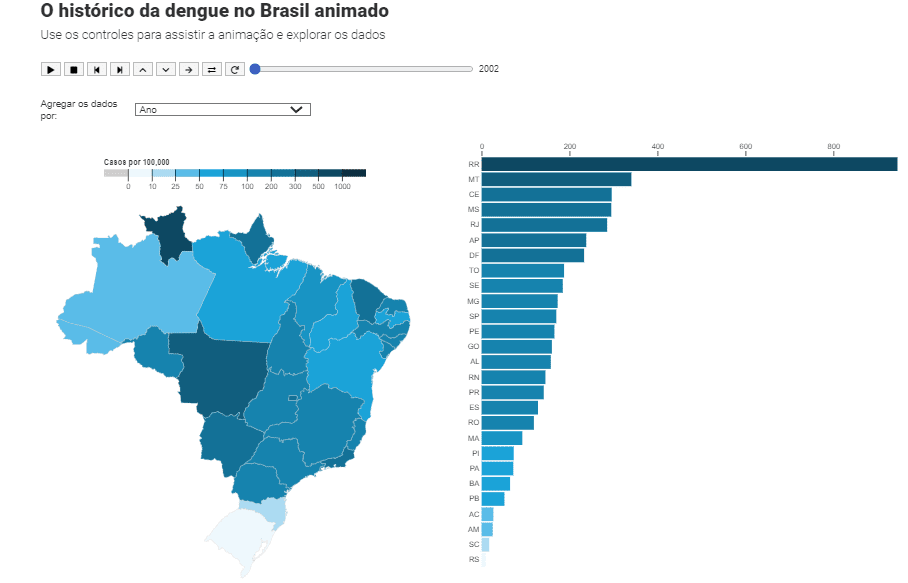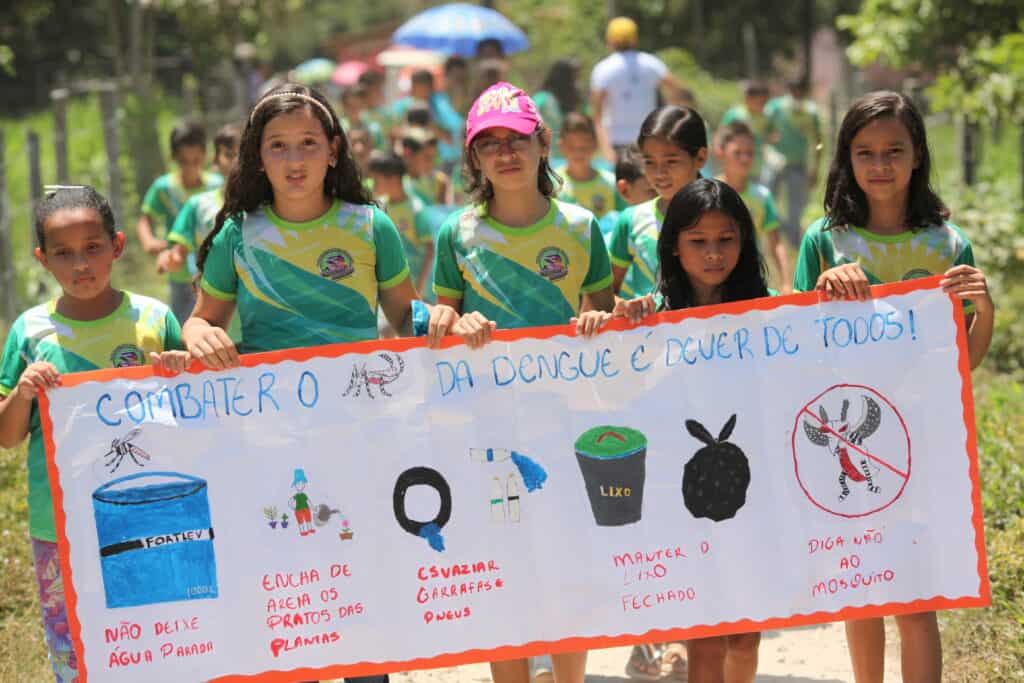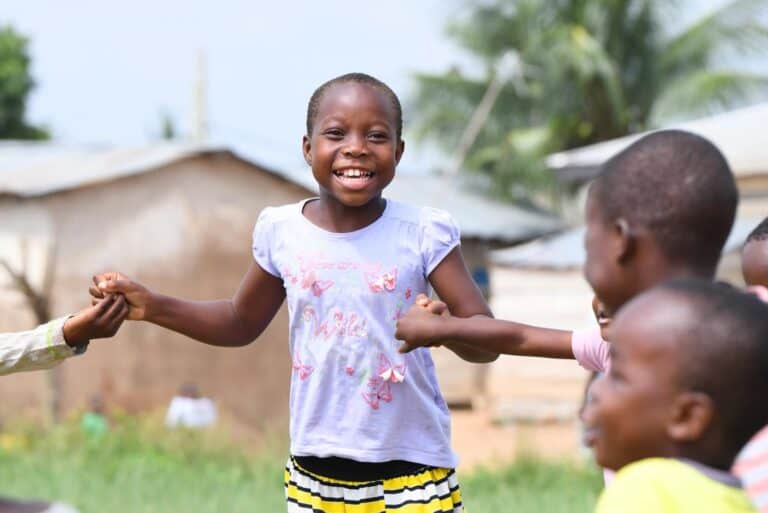Scientists use computer models to predict how the Earth’s climate is changing. Can these same models be used to predict the adverse impacts of climate change such as the increased risk of disease outbreaks? Infectious diseases are becoming much more prevalent in the 21st century due to a series of factors, most of which are of anthropogenic nature, i.e., originating from human activity. Climate change is one of these factors, and Dengue – which is endemic in Brazil – is particularly sensitive to these changes.
Dengue fever, dengue hemorrhagic fever, and dengue shock syndrome are all forms of Dengue – sometimes referred to as ‘breakbone fever,’ because of the agony it causes. For the most acute form of Dengue, called dengue hemorrhagic fever, if no medical attention is sought, the infected person can suffer from heavy bleeding that can generate a sharp drop in blood pressure, which can then lead to death – hence the importance of monitoring and forecasting the disease.
With that in mind, UNICEF Brazil has worked with the University of Notre Dame (Indiana, US) to create a model aimed at forecasting Dengue cases in Brazil to be used by policymakers, civil society and other stakeholders in their efforts to prevent and prepare for future Dengue outbreaks. As Brazil is not the only country affected by Dengue, the opportunities to test and expand this work to other regions are promising.
Dengue epidemics have had significant impacts in Brazil
In total, it is estimated that Dengue generated direct and indirect costs of US$ 6.7 billion to Brazil between 2008 and 2017 (US$ 1.1 billion during the 2015 epidemic alone)1. During the same period 8.3 million cases of Dengue were treated in outpatient clinics and 600,000 in hospitals, and nearly 6,000 people died as a result of the disease2. Furthermore, Dengue surges tend to happen in Brazil every 4 to 5 years3, causing significant social and economic impacts.
Because children present symptoms that are often different from adults, they tend to be poorly diagnosed, which increases the likelihood of relapse. One study conducted in Rio de Janeiro identified positive serology in 33 per cent of school-age children, even when parents were not aware that their children had been infected 4. In addition, globally, children are disproportionately affected by severe cases of Dengue, such as its hemorrhagic variation.
Dengue is spreading rapidly around the world and epidemics are expected to become more frequent and severe
Dengue is now endemic in more than 100 countries. According to the World Health Organization (WHO), “in 2020, Dengue affected several countries, with reports of increases in Southeast Asia, Africa, the Pacific Island, Arabian Peninsula, and South America. In 2021, Brazil, India, Vietnam, the Philippines, Cook Islands, Colombia, Fiji, Kenya, Paraguay, Peru, and Reunion islands all experienced negative impacts due to Dengue.5”
Dengue is a climate-sensitive disease. It is a viral infection transmitted to humans through the bite of infected Aedes aegypti mosquitoes. It is well established that higher temperatures can accelerate their development cycle, increase their activity level and build up favorable conditions for virus transmission. Variations in precipitation and humidity rates, and the higher frequency of extreme events such as floods also ensure a viable system for mosquito reproduction. Given that safe and effective vaccines are not widely available for this disease, interventions that combat the Aedes aegypti mosquito are the best means of prevention and control. Since these interventions depend on data to ensure the quality and timeliness of the response, forecasting models of Dengue cases can have a major impact on reducing transmission.
Peering into the future – using computational modeling to predict future Dengue outbreaks
To support monitoring and communication activities related to the effects of Dengue epidemics in Brazil, UNICEF Brazil developed an innovative epidemics model that uses computational modeling methods to predict the number of Dengue cases in different states and supports the government with their early prevention and control strategies. This was done through epidemiological mechanistic models and computational machine learning models (CMLm)6, particularly, deep learning which tends to be more flexible in terms of the format of its inputs and allows the integration of a wide variety of data. Deep learning is also more flexible regarding the time horizon its predictions.
To communicate the outputs of the model, and allow the inclusion of new, updated inputs, an interactive platform for data visualization is under development. The platform will make available predictive models that allow the calculation of estimates of the number of Dengue cases in Brazil considering historical data but also data entered by users. The novelty is not necessarily in the datasets used, but in the new way these models can automatically extract complex, non-linear, and even temporal relationships from its input values making it conducive to experimentation (outperforming mechanistic or statistical models).

Other benefits of this online prediction platform are that it eliminates server costs, enables complete transparency and allows for more responsiveness. The main audience for this platform is public health managers who can interact with the platform to produce estimates for improved decision-making. The general population can also benefit from knowing more about the history of Dengue in Brazil and journalists and science communicators can engage with the platform to produce new estimates and visualizations.
We hope that the modeling and data visualization work done by UNICEF’s Brazil Country Office will also serve useful for other countries that are grappling with Dengue outbreaks.



